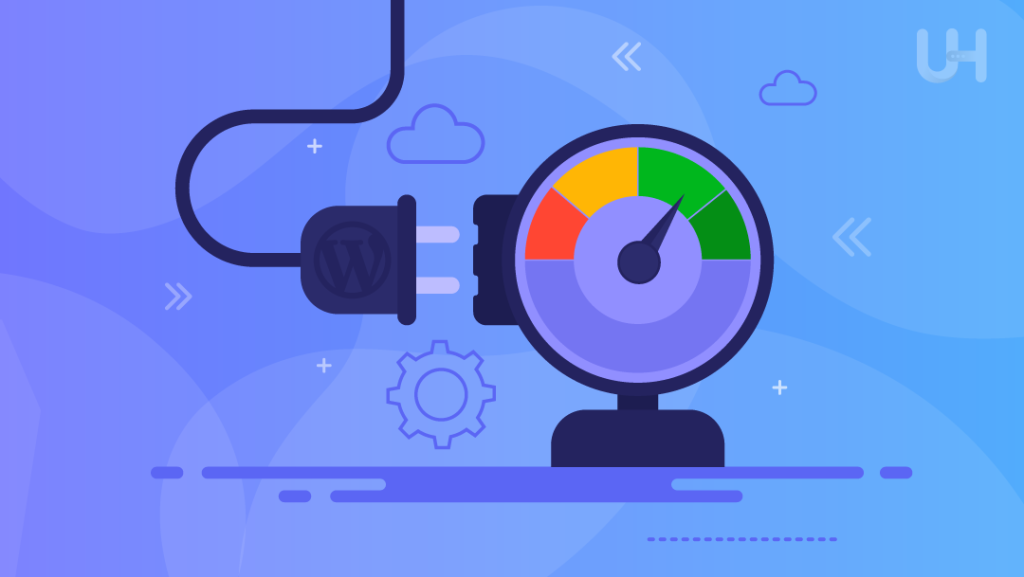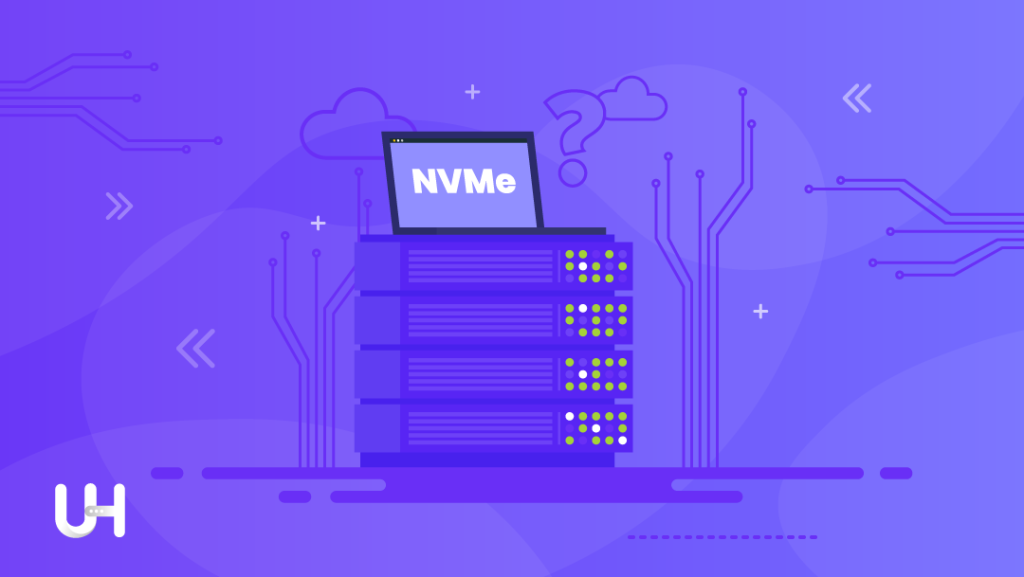In the discussions of WordPress enthusiasts regarding performance and speed, the term “LiteSpeed” comes up more and more often. In this article, you will learn what it is and how it affects performance compared to the most popular web server. Which one is better: Apache vs. LiteSpeed?
Choosing web hosting for a WordPress website is a constant dilemma for many users. Server capacity, backups, and availability of technical support are still crucial elements when registering a hosting plan. However, because Google is increasingly paying attention to the speed of websites, another factor affecting the quality of hosting is technology.
What is LiteSpeed?
LiteSpeed is a commercial web server, i.e., a solution responsible for the speed and stability of websites running on hosting. Its first version appeared in 2003 but gained popularity almost 15 years later.
What is a web server? Imagine the hosting server is a car. Then the capacity is the trunk, the spare wheel acts as a backup, the engine is the hardware, and the steering wheel is the server software. So it is a critical part of the whole service that affects the operation. You can’t drive without a steering wheel.
LiteSpeed is currently responsible for displaying and operating 8.5% of all websites in the world. It is a popular and increasingly used alternative to the Apache and Nginx solutions that still strongly dominate the market, powering over 30% of servers each.
What is the advantage of LiteSpeed over Apache?
Apache as a web server has been available and developed since 1995. Since then, it has become the most frequently chosen variant for hosting, for which web applications, CMSs, and scripts are optimized and written. For this reason, Apache is a universal server compatible with many external solutions.
LiteSpeed replicates the key elements of Apache:
- support for .htaccess files;
- mod_security support;
- mod_rewrite support.
It makes it useful in vast applications and offers much greater efficiency. In particular, full compliance with HTTP/3 and QUIC protocols increase security and shorten the page loading time.
An additional advantage of LiteSpeed is a much higher speed of processing requests on the server, thanks to which it can ensure the stable operation of websites with higher traffic.
Thanks to its flexibility, LiteSpeed works with the best-known and respected CMS, i.e., WordPress, Joomla, Magento, XenForo, and others. Users of the first one can use a special LiteSpeed Cache plugin, which runs the website caching. Combined with the performance of LiteSpeed, it brings many benefits to website users and administrators.
In another article, we compared the best cache plugins for WordPress. If you want to know the best caching plugins for WordPress, read this article.

How to configure the LS Cache plugin in WordPress?
Note that using the LiteSpeed Cache plugin on hosting with another web server software is possible but not recommended. LiteSpeed also works with a whole range of other website caching plugins. Before installation and activation, check if your WordPress hosting supports this technology. To check it, place the phpinfo.php file on it with the following code:
phpinfo ( int $flags = INFO_ALL ) : bool
Then call this file in the browser’s address and look for the line from the Server API in the list. If you see the name “LiteSpeed x.x” there, it means that the hosting meets the requirements.
The second step is the plugin installation itself. Using the WordPress dashboard, use the “Add New” option and find “LiteSpeed Cache” in the plugin repository. After installation, activate it and go to the basic configuration. Turn Enable Cache on and make website caching a reality.
Is LiteSpeed really that fast?
I’m not doing any testing here, but before writing this article I thoroughly analyzed ten tests comparing Apache and LiteSpeed for WordPress. In most of them, LiteSpeed won, loading pages faster for both single-user and dozens of users simulations. However, I noticed that in these winning tests, LiteSpeed always started with the LiteSpeed Cache plugin, while Apache was without any cache plugin.
Indeed, LiteSpeed Cache is an incredibly efficient solution when combined with a LiteSpeed server; however, you will find many cache plugins in the WordPress repository.
On the other hand, it is worth noting that in the server requirements of the most popular CMSs, you will find the recommendation for two web servers – Apache and Nginx. Unlike them, LiteSpeed is not a solution proposed by WordPress, Joomla, or Prestashop in the official documentation.
The few tests I came across were not so favorable to LiteSpeed. They all had one thing in common: no cache plugin was used, neither for LiteSpeed or Apache. The result was that it was impossible to predict which servers performed better. There were visible differences between different hosting providers, although there were no differences between servers.
So I decided to dig deeper and read discussions on various forums for server administrators, programmers, and web developers. I didn’t find support for LiteSpeed there; most often there was an opinion that the type of web server is not as crucial as the majority think.
Apache vs. LiteSpeed – which is better for WordPress?
The software used on the server alone does not determine the speed and performance of the website. LiteSpeed is not the only appropriate solution for WordPress. The website loading speed is a very complex issue that cannot be simplified to Apache vs. LiteSpeed comparison.
You have to consider the optimization of the website, cache plugins, server configuration, processors, RAM, and disks. Even the best-optimized WordPress hosted on a server with LiteSpeed will not run fast when a slow and outdated server based on HDD drives is running under the hood.

How to choose a fast hosting server?
First of all, you need to choose the right type of hosting server.
Shared hosting is usually the cheapest, but it is only suitable for hobby use, not for eCommerce because server resources such as CPU and RAM are not separated. It means that all clients of the server share them. Typically, shared hosting services slow down significantly during peak hours.
As a business owner, you can’t let your website slow down during peak hours. Therefore, you must use a solution that will provide you with server resources for exclusive use. It can be a virtual server such as a VPS and VDS or a dedicated server. The choice between them depends on your resource and security requirements.
Next, you need to consider the hardware. Check the benchmarks of the offered processor, and choose the right amount of RAM and the number of processor cores. Select a hosting that guarantees the use of NVMe SSDs, because they are responsible for the speed of resource loading.
Also, check if your hosting provider offers a selection of operating systems you can handle. It will most likely be Linux; however, Linux has different distributions. In this article, you will read what are the differences between Linux distributions.
Also, don’t forget to check the security level offered by your hosting provider, the level and quality of support, and payment methods.
Conclusion
If you only consider the type of server for WordPress, LiteSpeed could win. With the LiteSpeed server and the LiteSpeed Cache plugin, your WordPress may achieve high ratings in PageSpeed Insight without a problem. And it is not a plugin that cheats the systems but improves page loading times in the browser.
Of course, a lot depends on how the website theme is built. The LiteSpeed Cache plugin will not magically fix all problems created by themes or plugins. It can only make the page load a little faster.
However, the web server shouldn’t be the principal reason for choosing the hosting provider. If someone offers an unoptimized environment with limits and a slow hard drive, LiteSpeed will not change anything at all. Such hosting will lose to any properly configured Apache-based server.
Anyhow, does it make sense to change the server software or even the hosting company to save a few milliseconds? All you need to do is better optimize your website, theme, and plugins.
Therefore, do not forget about WordPress optimization. You can do many things in WordPress with plugins, but their excess can effectively slow down the website.
To sum up: LiteSpeed in combination with the LiteSpeed Cache plugin may turn out to be the fastest hosting solution if it runs on NVMe SSDs, is powered by fast processors, and has the right amount of RAM. Hardware has way more effect on website performance than the type of web server.
Remember that web hosting is not only about performance: ease of use, security, customer support, server location, and many other aspects that you also need to consider, matter. Choose the UltaHost hosting platform! Our powered infrastructure focuses on auto-scaling, performance, and security. Let us show you the difference! Check out our plans!








